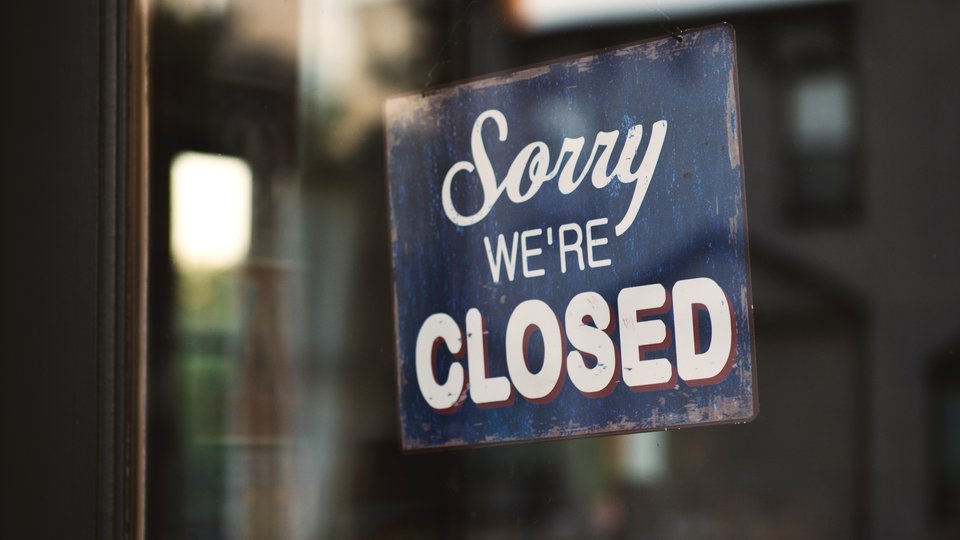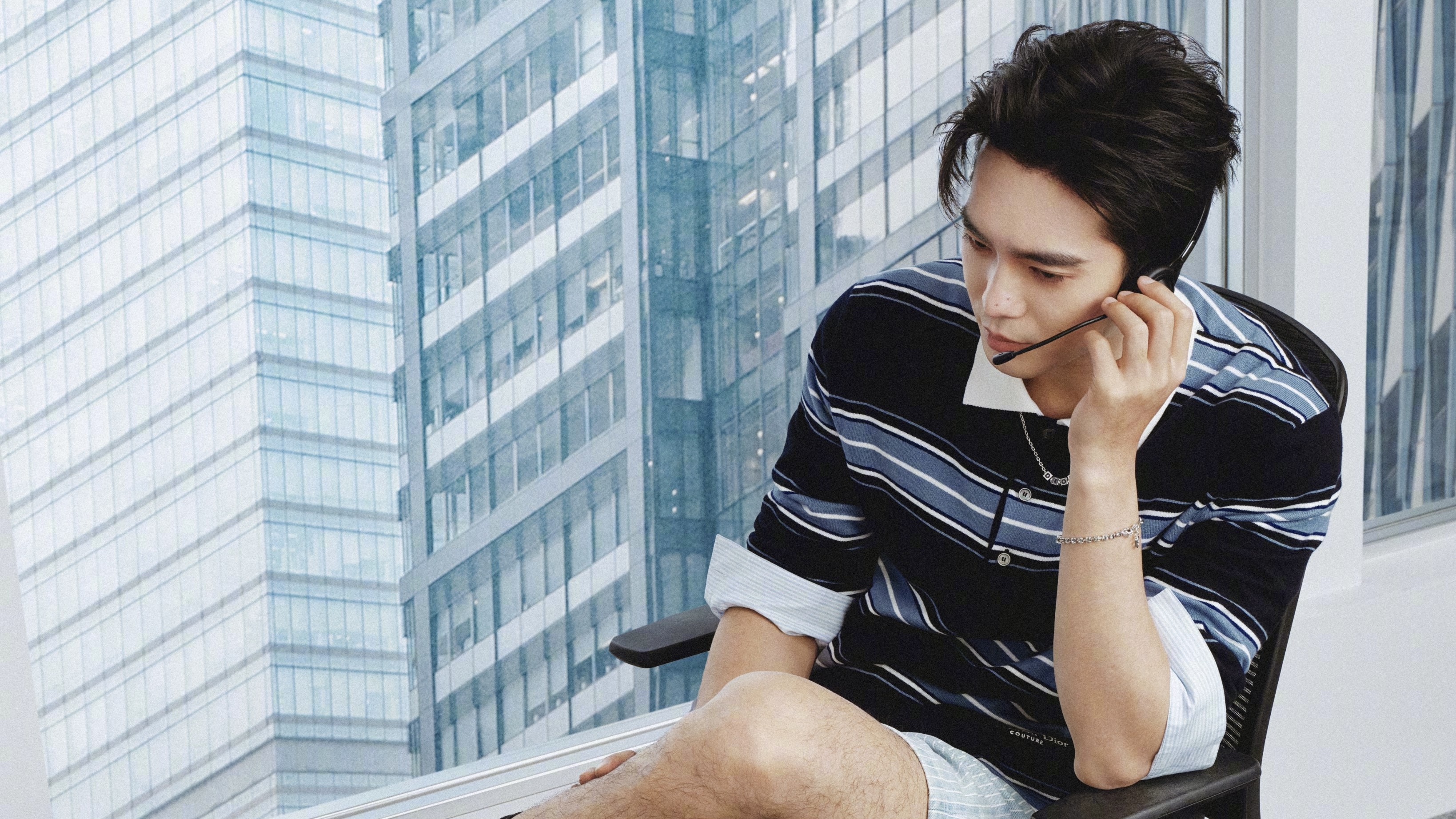Last week’s IMD Business School virtual panel brought together luxury leaders from Lamborghini, McKinsey & Company, Digital Luxury Group and more to help the community make sense of COVID-19 and reflect together on what it means for the industry.

Last week’s IMD Business School virtual panel brought together luxury leaders from Lamborghini, McKinsey & Company, Digital Luxury Group and more to help the community make sense of COVID-19 and reflect together on what it means for the industry.
World-renowned IMD Business School gathered top minds from the luxury industry to dive into the complicated implications of COVID-19 and discuss how brands can help respond and build resilience during the ongoing global pandemic.
More than 55 virtual attendees from 50 companies came together last week for an interactive video conference including panelists:
- Prof. Stéphane JG Girod, IMD, moderator
- Dr. Achim Berg, Senior Partner, McKinsey & Company
- Pablo Mauron, MD China & Partner, Digital Luxury Group
- Giovanni Perosino, Chief Commercial Officer, Lamborghini
- Andrea Puggelli, Head of Marketing, Lamborghini
Global Coordination
Panel moderator and IMD Business School Professor Stéphane JG Girod opened the video discussion by setting the scene for today’s complex environment and the possibility of an ambiguous future where companies would experience supply and demand shock, creating obvious friction for the economy.
“The biggest surprise in the crisis is the lack of coordination between European countries, which will probably leave some scars going forward,” Girod said. "Country resilience has been the biggest loser. If the current governments in liberal democracies don’t come in and change the rules in the game of globalisation, we can expect more authoritative governments to gain power.”
However, among its many tragic outcomes and economical setbacks, there may be early signs of recovery already happening.
“There is some evidence of good news, China has already resumed activity with some positive signals and governments have already stepped up their initiatives, which is an extremely important measure,” he added.
Girod outlined a number of ongoing positive changes due to the current crisis, including:
- Increased sensitivity to economic activity and the importance of natural ecosystems
- Opportunity for globalisation on a sustainable footing by responsible leadership
- Increased investment in climate and nature-friendly practices via reconstruction of supply chains
- Agility and resiliency in management by relying on fewer suppliers
“Once you have those features, you are able to bounce back from this crisis,” Girod added.
Necessity As the Mother of Invention
Dr. Achim Berg, Senior Partner at McKinsey & Company, spoke on how the luxury industry has been particularly hit hard and that only time will tell how the industry as a whole will be changed.
“It will lead to a certain acceleration of issues that we saw before the crisis. But these issues aren’t necessarily new,” he said. “Those that make it through the crisis will come out of it in a much stronger way.”
Berg says this is particularly relevant for the luxury wholesale model, which will result in many retailers having a difficult time sustaining during and after COVID-19, particularly brands who have been slow to embrace e-commerce.
“We have some market research that people plan to spend more time on fashion-related topics and we believe that online sales will stabilize in the coming weeks and increase after the lockdown because shopping will not be the same,” Berg explained.
With limits of how many people enter shops and face-mask encouraged facilities, the experience of luxury will be rethought in the weeks and months to come. Berg says we cannot expect to see normalisation in the shopping economy until Fall or even Winter of this year.
“We also see that China is picking up, but I would ask for some caution as we will not see the same development in Europe as we are seeing in China due to different restrictive measures,” he noted.
One major impact of the crisis in Europe is that we can expect many companies to translate digitalisation into their everyday strategies.
“There are a lot of positive elements because some things were long overdue in this industry and will force brands to see how they will adapt,” Berg said. “The industry will definitely be a different place, but also will provide opportunities.”
China As A Sign of What’s To Come?
Pablo Mauron, Managing Director & Partner of Digital Luxury Group China, was able to share key insights on signs of the Chinese market recovering and its global context.
“We ended up being the market that represents recovery,” Mauron said. “We’ve been through drastic changes already. We worked for about three weeks without a single break— I think we’ve been busier than ever and now transitioning into a period where people start to see the light at the end of the tunnel.”
While traffic-to-store suffered massively and while the pandemic is still at the core of people’s minds, the feeling of insecurity and fear is slowing beginning to fade. Cities like Shanghai, where Mauron is based, may be resuming consumption even more quickly than anticipated.
“COVID-19 could be the next step in the adaptation of e-commerce,” Mauron says. “If you look more closely at it, it has been the case in specific categories. There has been a huge boom in consumption online. What has been very interesting now is that we’ve seen brands post significant growth for their e-commerce sales.”
Mauron also outlined a few elements that will be sure to impact luxury brands over time:
- The role of offline, which plays a major part in how luxury brands develop their image. There is a big question mark on what is going to happen to boutiques, pop-ups, road shows, etc.
- The concept of the Chinese traveller, which many markets are being fueled by. People won’t necessarily indulge in the same way and the impact of restrictions could present a lot of barriers for the in-store experience.
- Digital as a long-term opportunity, which will increase the competition, require higher investment and potentially present more challenges for newcomers.
Reinventing Luxury & Bouncing Back
Giovanni Perosino, Lamborghini Chief Commercial Officer, Andrea Puggelli, Lamborghini Head of Customer Journey, spoke about the measures the Italian luxury car manufacturer has taken as one of the first markets hit by COVID-19, and how luxury brands can safeguard going forward.
“We are taking several measures to safeguard our people,” Puggelli said. “We were the first company in Italy to stop the production line. It was a tough decision, but we needed to do this to protect our workers and to be prepared to restart stronger.”
Puggelli says the global crisis has caused the company to reassess its supply chain, as it’s one of the most complex in the industry and will now be experience at least two to three weeks of delays.
“We are giving more flexibility to changing the order. We are also giving some digital guidelines and context in order not to lose contact with customers. What we can not afford to lose in this moment is the customer relationship, even if the shops are shut down. This will be crucial going forward,” Puggelli explained. “Before this pandemic, there were some trends of digitalisation in luxury. I think this situation will strengthen this trend. Even in this difficult moment, we can use this unique touchpoint to gain customer loyalty.”
Lamborghini Chief Commercial Officer Perosino then spoke about luxury brand mindset, with a key emphasis on taking powerful and fast decisions in times of crisis.
When brands are assessing just how to bounce back from such a complex situation and temporary shutdown of many global economies, Perosino said the key things to keep in mind are:
- Agility: keeping a flexible mentality and always being ready to take decisions.
- Customer Centricity: Brands need to have a completely new approach to the customer, the brands that excel at this will be the winners today.
- Economy Recovery: Asia as the pilot market.
- Social Purpose: A new consciousness and maturity that will gain the respect of brands who are more socially and environmentally proactive.
“I see this crisis as the door to the new future,” Perosini said. “When you want to reset and move to the next level, you need a shock that takes you to that next level. This has forced all of us to take it one step further— we previously lived in a comfort zone. Let’s consider this as an opportunity we would have never had without the crisis.”
“How do we capture the energy to create and bounce back faster?” Girod asked industry leaders as the thought-provoking 60-minute webinar came to a close.
Agility, resilience, customer value, technology, and an unbeatable mindset will be the saving graces for the luxury industry in order to persevere. Who knows? Maybe it will come out on the other side even better than where it began.
This year's IMD program, "Reinventing Luxury: Strategic Conversations," will take place on October 8th and October 9th, 2020 in Lausanne, Switzerland. In addition to focusing on leading with agility in times of uncertainty, the unique strategy program will include a special section on the COVID-19 crisis and how senior executives in the luxury industry can optimise desirability.










